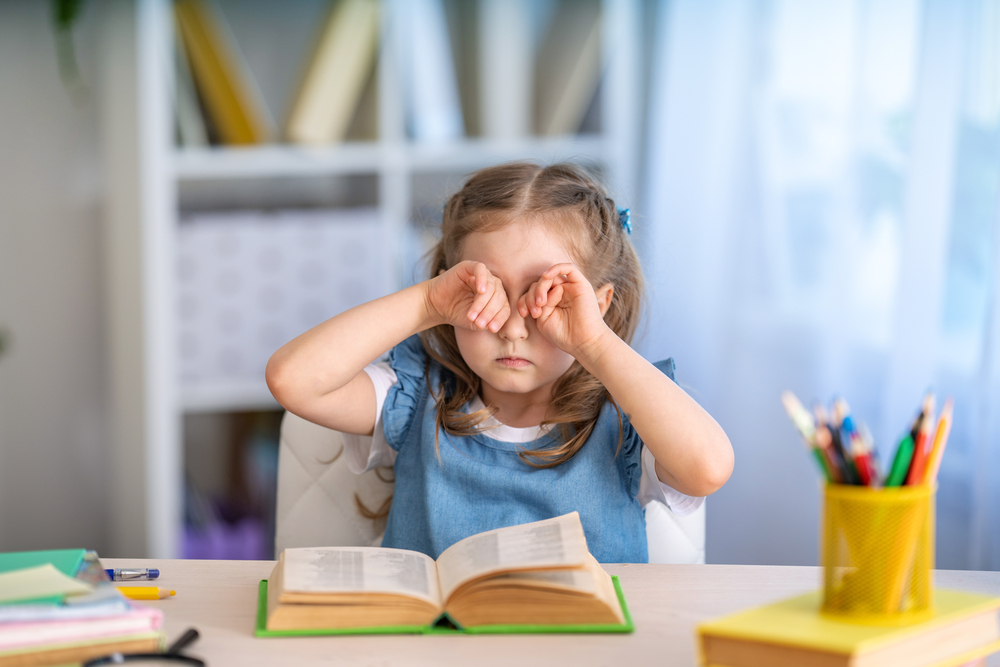
Understanding your child's vision is the first step in ensuring their overall eye health. Children perceive the world differently than adults, and their vision plays a crucial part in this perception. It's important to understand how vision develops, how to spot potential problems, and what steps to take to ensure your child's eye health.
Why Children's Vision Health is Important
Children's vision health is crucial because it directly impacts their overall development and academic performance. Vision is more than just the ability to see clearly. It's also about understanding what is seen. Vision problems can affect a child's ability to focus, read, write, play sports, and even interact with others. When a child has vision problems, it can lead to difficulties in school, affecting their learning and social interactions.
Additionally, many eye conditions do not have obvious symptoms and hence are often overlooked. Early detection and treatment of these conditions can prevent lifelong vision impairment.
Vision health is not just about detecting and correcting vision problems, but also about maintaining good eye health. This includes protecting the eyes from injury and disease, ensuring a balanced diet for good eye health, and encouraging healthy vision habits.
Common Eye Issues in Children
Children can suffer from a range of eye issues. Some of the most common include refractive errors, amblyopia, strabismus, and color blindness.
Refractive errors are the most common vision problems in children. These occur when the shape of the eye prevents light from focusing directly on the retina. The most common types of refractive errors in children are myopia, hyperopia, and astigmatism.
Amblyopia, commonly known as lazy eye, is a condition where one eye doesn't develop good vision. This typically happens when the eyes are misaligned or when one eye has a much different prescription than the other.
Strabismus, or crossed eyes, is a condition where the eyes do not align properly. One or both eyes may turn in, out, up, or down.
Color blindness, though less common, is a condition where a person cannot distinguish certain colors or shades of colors.
Spotting the Signs and Symptoms
Detecting vision problems early is key to effective treatment. Parents and caregivers should be aware of the signs and symptoms of potential vision issues. These may include squinting, closing or covering one eye, holding a book too close or too far away, tilting the head or rubbing the eyes frequently, and complaining of headaches or tired eyes.
Other signs may be less obvious. For example, a child may have difficulty with tasks that require good eye-hand coordination, such as catching a ball or copying from a blackboard. They may also perform poorly in school, lose interest in reading, or avoid activities that require close vision. Any of these signs may indicate a vision problem and should be checked by an eye care professional.
The Role of Regular Pediatric Eye Exams
Regular pediatric eye exams are crucial to detect and address vision issues early. The American Academy of Ophthalmology and the American Optometric Association recommend that children have their first comprehensive eye exam at six months of age, then at age three, and again before they start school. After that, children should have an eye exam every year.
These exams are more thorough than the basic vision screening offered at school or by a pediatrician. An eye doctor will check for common eye conditions, measure the child's visual acuity, and assess their overall eye health.
Early detection of vision problems can greatly improve a child's academic and social performance, prevent vision loss, and even save their life in cases of serious eye diseases.
Addressing Vision Issues in Children
Optometrists play a vital role in detecting and addressing children's vision issues. They are trained to examine, diagnose, treat, and manage diseases, injuries, and disorders of the visual system. They can prescribe glasses or contact lenses, provide vision therapy, and refer to other health care professionals when necessary.
In addition to providing routine eye exams, optometrists can help educate parents and children about good eye health habits, such as the importance of proper lighting, taking breaks from screen time, and wearing protective eyewear during sports.
Tips for Maintaining Good Eye Health in Children
Maintaining good eye health in children involves more than just regular eye exams. Here are a few tips:
Encourage a healthy diet: Foods rich in omega-3 fatty acids, lutein, zinc, and vitamins C and E can help maintain eye health.
Limit screen time: Prolonged exposure to screens can cause eye strain. Encourage regular breaks and ensure appropriate lighting.
Ensure adequate sleep: Good sleep is essential for eye health.
Promote eye safety: Make sure your child wears protective eyewear during sports and other activities that could potentially cause eye injury.
Teach good hygiene: Teach your child not to touch or rub their eyes and to wash their hands regularly.
Ensuring Clear Vision for a Bright Future
Ensuring good vision health in children is a responsibility that falls on parents, caregivers, and health professionals alike. By understanding how children's vision develops, recognizing the signs of potential vision issues, and ensuring regular pediatric eye exams, we can help our children see the world clearly and perform at their best.
To learn more on how to spot and address vision issues in children, visit ReEnvision Eye Care in our Frisco, Texas, office. Call (469) 908-8282 to schedule an appointment today.









